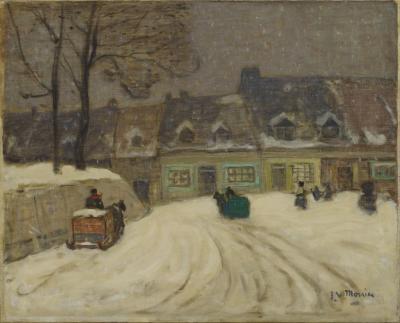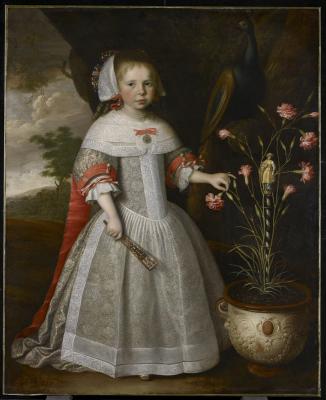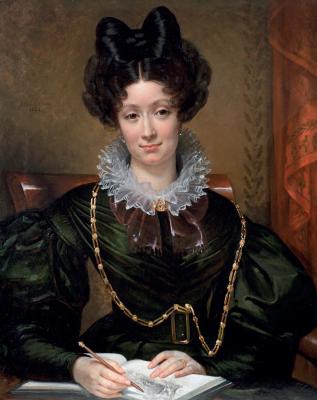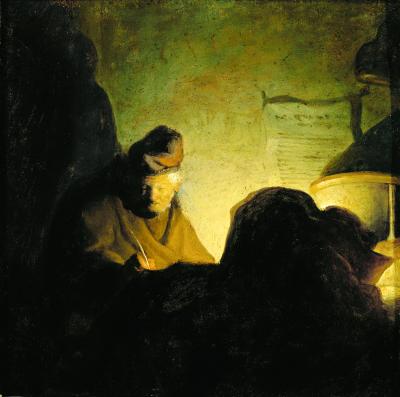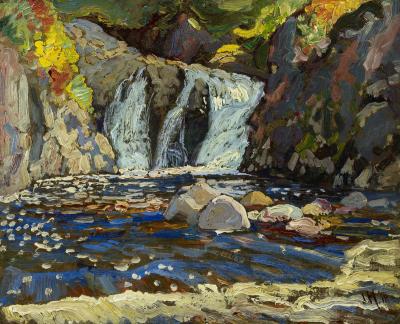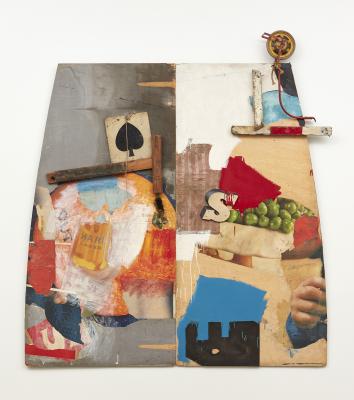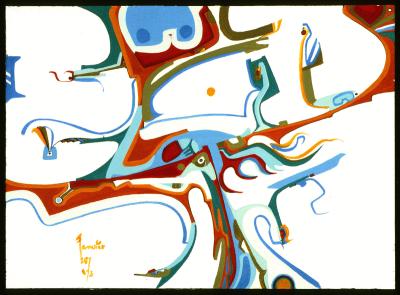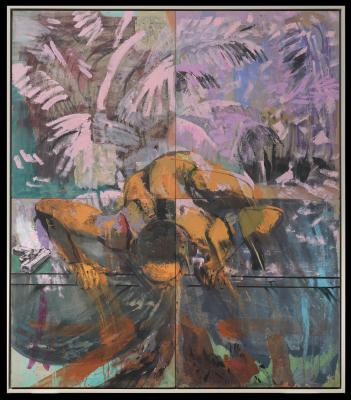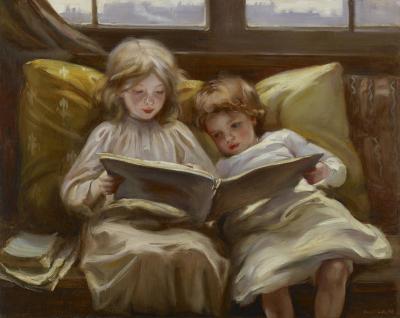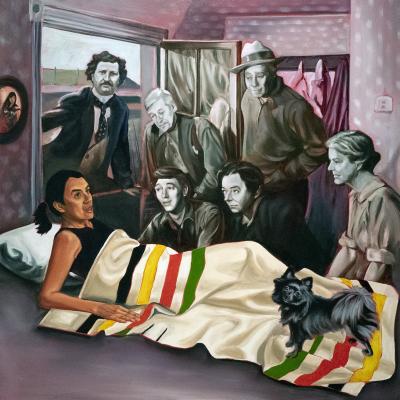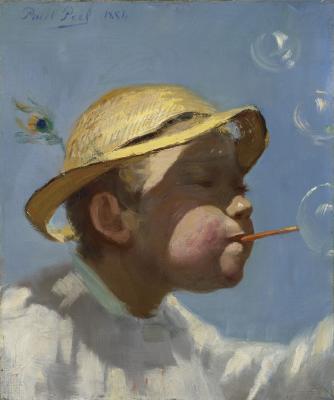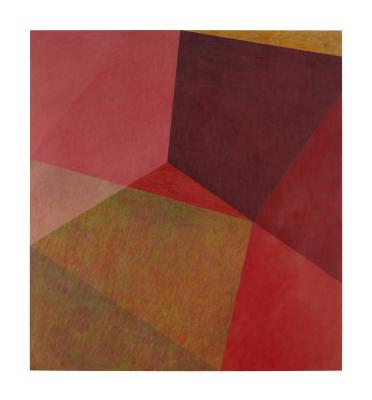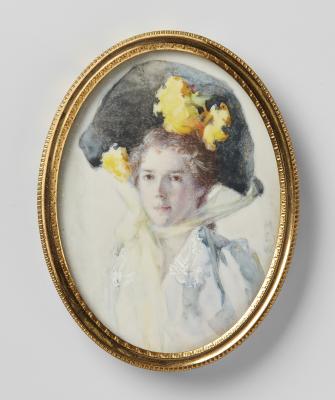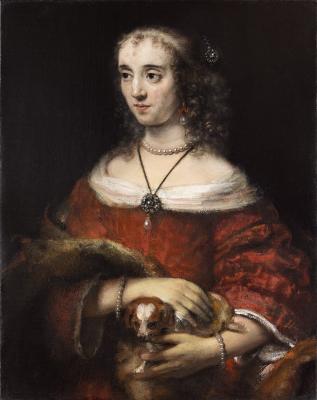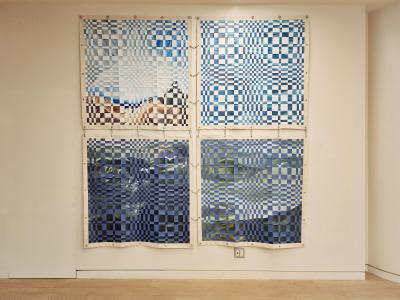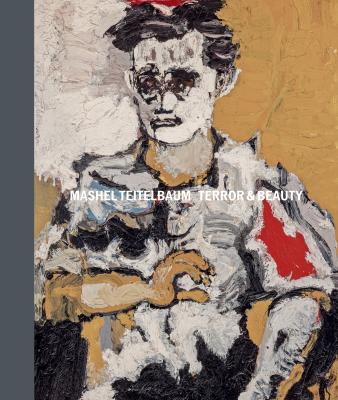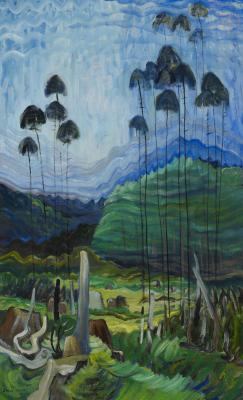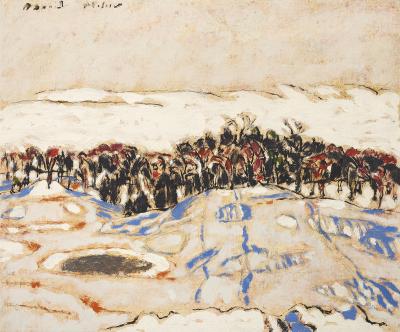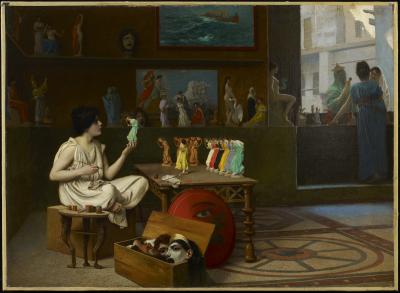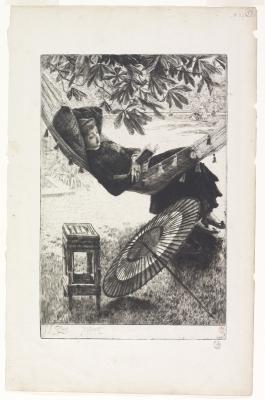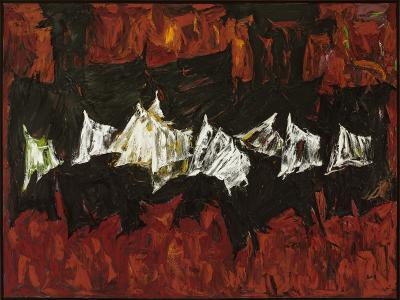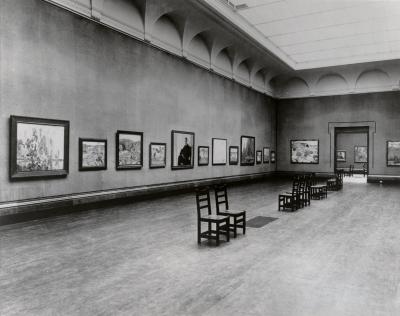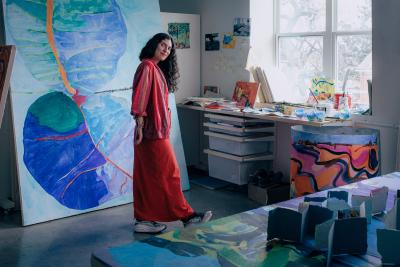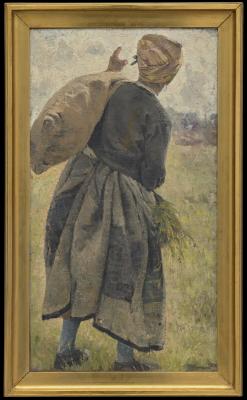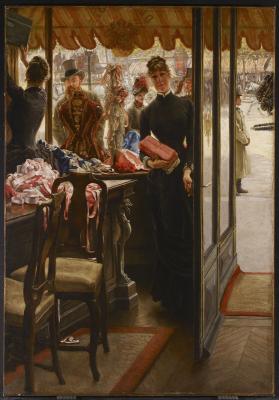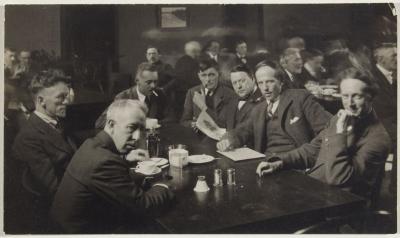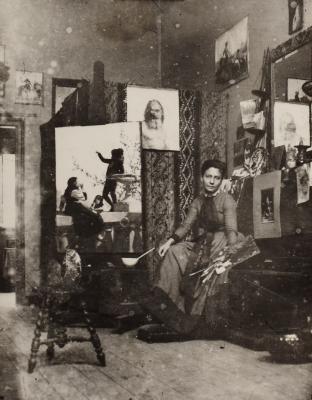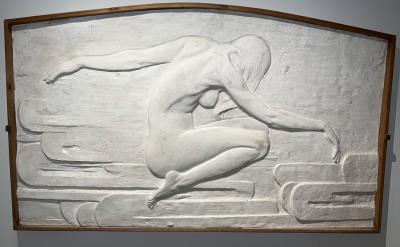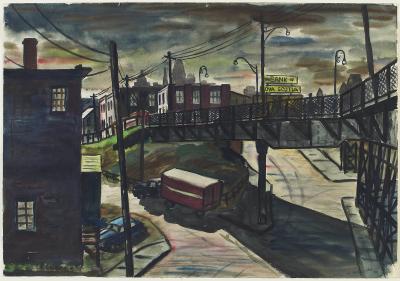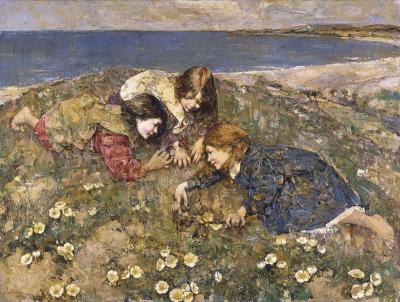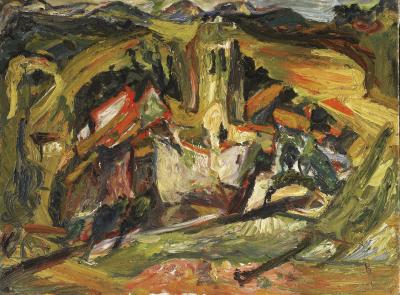
Interesting Story
Feel the comfort of childhood in Laura Muntz Lyall’s dreamy depiction of children lost in a storybook
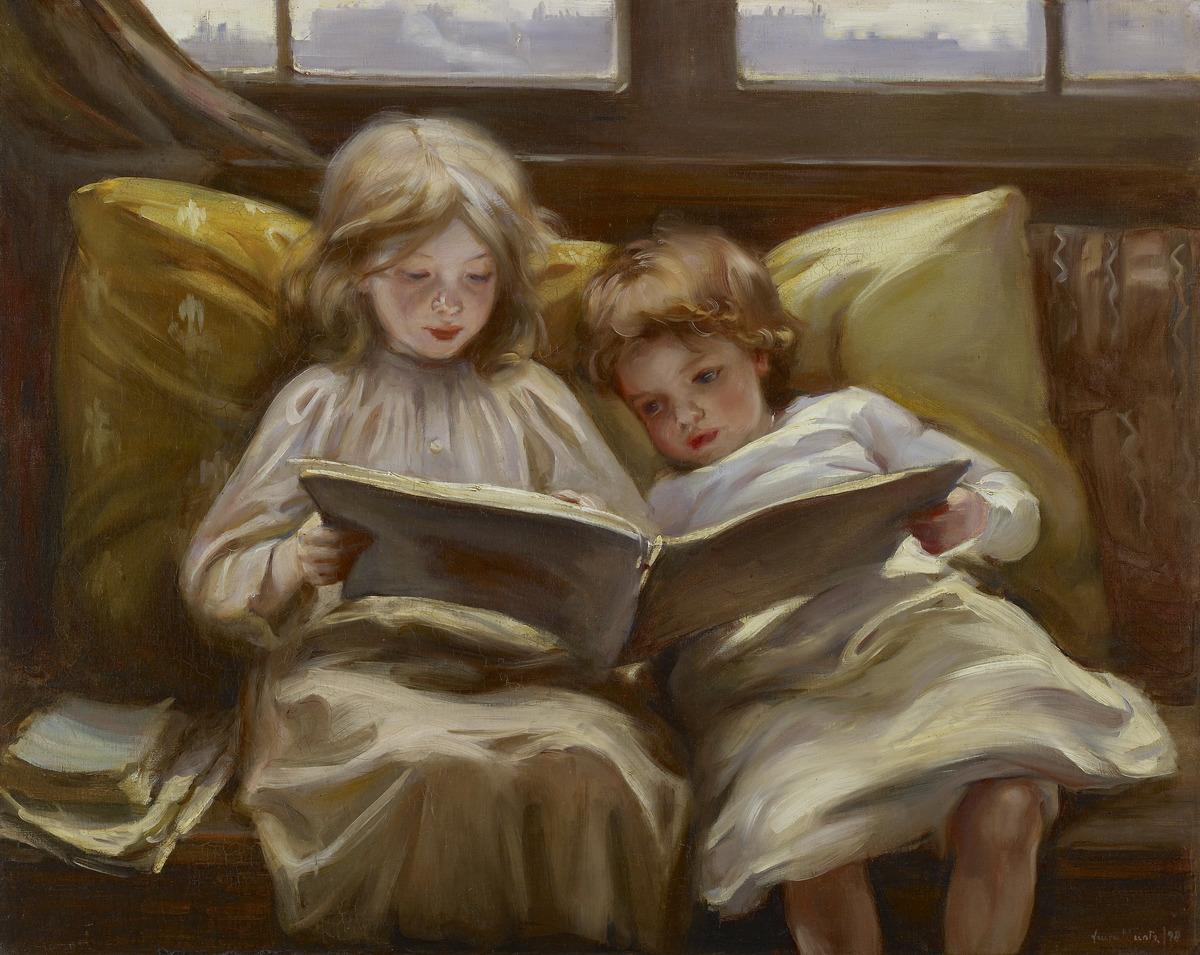
Laura Muntz Lyall. Interesting Story, 1898. Oil on canvas, Overall: 81.3 x 100.3 cm. Art Gallery of Ontario. Gift of the Government of the Province of Ontario, 1972. © Art Gallery of Ontario. 72/18
This month’s RBC Art Pick highlights a long-time favourite among AGO visitors.
Laura Muntz Lyall’s Interesting Story (1898) is once again on view at the AGO, this time as part of the exhibition Reality & Reverie: Canadian and European Painting Beyond Impressionism. This exhibition brings together 13 contemplative paintings from the AGO Collection, examining how 20th-century artists from both sides of the Atlantic made sense of how the human mind imagines, dreams, and learns.
Once you experience the coziness of Interesting Story, it’s easy to understand why this painting was voted one of the AGO’s most-loved works by visitors in 2006. This work is heavily defined by comfort: the comfort the younger child finds resting his head on his big sister’s shoulder as she reads him a story; the comfort these two siblings find in books, demonstrated by the worn spine of this book, as well as the books beside them; the warm comfort of inside, starkly contrasted by the grey Paris sky, filled with billowing chimneys seen in the window behind them. And, of course, the comfort of being a child lost in imagination, a far-away memory invoked by Muntz’s careful depiction of childhood, and perhaps the reason so many are intrinsically drawn to this work.
Muntz is known as one of the most important painters of children in the 20th century. Her work almost exclusively featured depictions of women and children. While this was often the default subject for women painters at the time, Muntz chose her subjects willingly, believing that like landscapes, the domestic sphere deserved respect from both her viewers and her as an artist. Her meticulous and introspective depictions of domestic scenes earned her a spot amongst Canada’s most highly regarded painters at the time.
Muntz was born in England in 1860 before immigrating with her family to Canada in 1870 to settle on a farm on the Muskoka River. There, she met her mentor and first teacher William Charles Foster, who convinced Muntz to pursue art professionally after discovering her art at the age of 21. Muntz had been painting since she was a young child, inspired by a painting exhibition she saw in London right before moving to Canada. After spending some time learning from Foster, she moved to Toronto in 1882 to study at the Ontario School of Art (later known as the Ontario College of Art & Design).
Over the next decade, Muntz studied painting in Canada and Europe. In 1891, she began studying in Paris at the Académie Colarossi, where she first learned about Impressionism and began extending this technique to her preferred painting subject: the physical and psychic realm of childhood. Muntz’s study of children reflected increased scholarship into the interior life of children beginning in the late 19th century. While she depicted children at their best behaviour similar to other painters, Muntz uniquely treated children and their point of view as equal. While adhering to the idea that children are innocent, she also captured their unique personalities, portraying candid moments she observed while painting them.
Her growing mastery of Impressionism is demonstrated in Interesting Story, which is a reworking of an earlier painting she created called The Children’s Hour (1894). Mirroring Muntz’s development of Impressionist techniques and her transition into a fully-fledged professional artist, Interesting Story incorporates more shape-defining brushstrokes, a simplicity in colour and costume, and a more demure depiction of the siblings than her previous work. The painting also personifies the distinct warm and dreamy style Muntz was developing.
Depictions of children reading were popular at the time, these scenes suggesting the importance of a cultured background and the value of education at a young age. However, for Muntz, there was also a personal connection to her reading subjects. Growing up, Muntz had an affinity for reading herself, often using stories to escape into her inner world as a child. Perhaps, Muntz’s continued connection to her childhood explained her natural connection with children. She was often at ease with her young subjects, allowing them to paint with her and telling them fairytales during breaks from sitting for her paintings. As you can easily tell from the way Interesting Story draws in viewers, Muntz thoroughly enjoyed painting her young subjects and her passion was translated into her work.
“The ability for this work to transcend time is remarkable. I am immediately filled with joyous memories of myself as a child, reading stories with siblings, cousins and friends,” states Stefan Hancherow, RBC Art Curator. “Interesting Story shows that art builds connections and can draw upon our core memories to reveal universal human experiences.”
Come reminisce in the comfort of childhood by viewing Interesting Story featured in the exhibition Reality and Reverie: Canadian and European Painting Beyond Impressionism, on view now on Level one of the AGO in the John & Nancy Mulvihill Gallery (gallery 127).

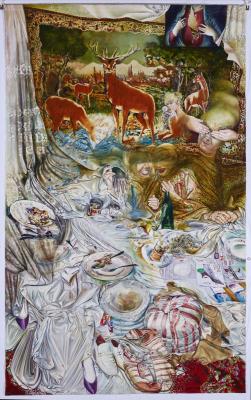


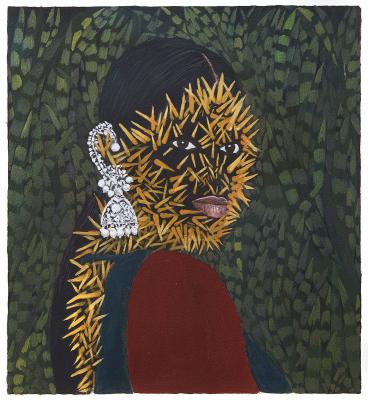

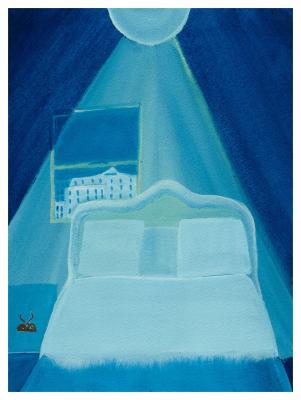
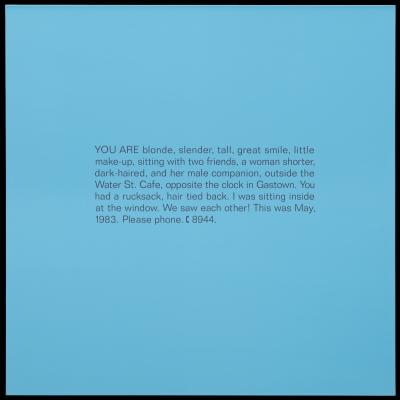
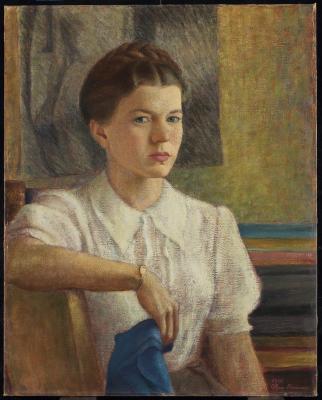
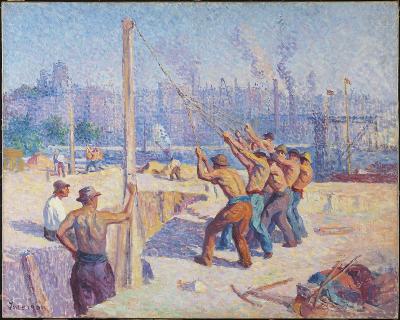
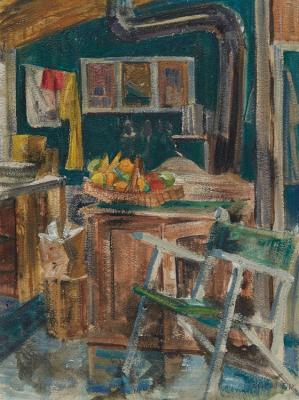
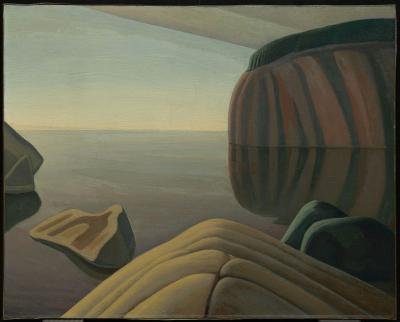
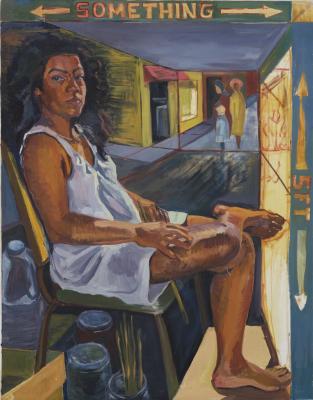



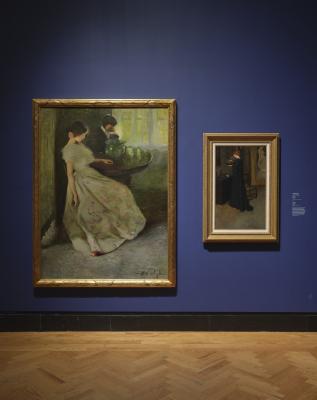
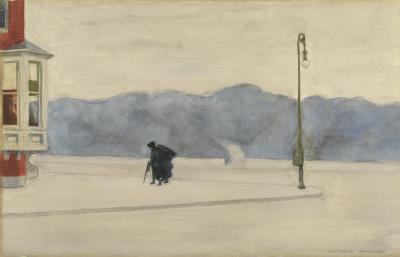


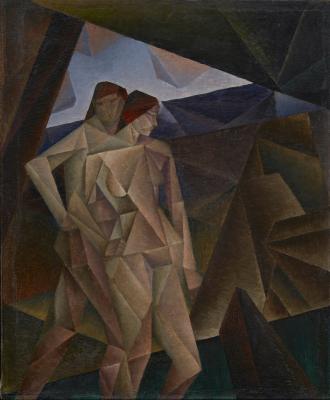
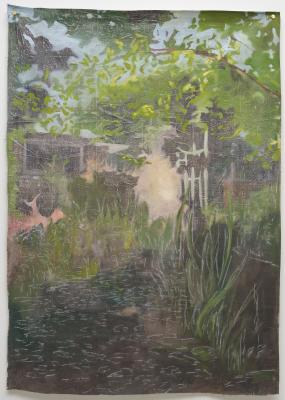
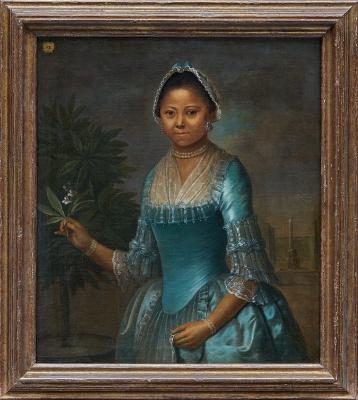

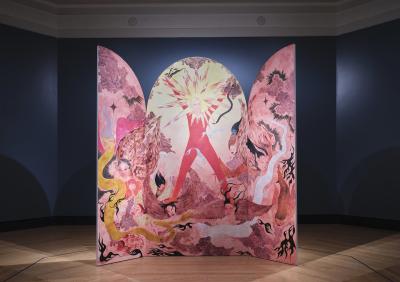
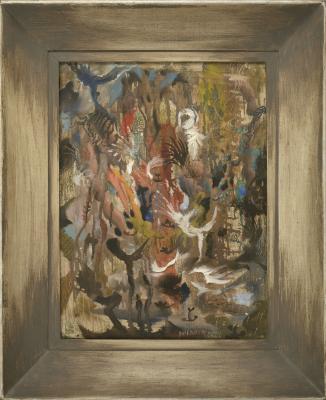
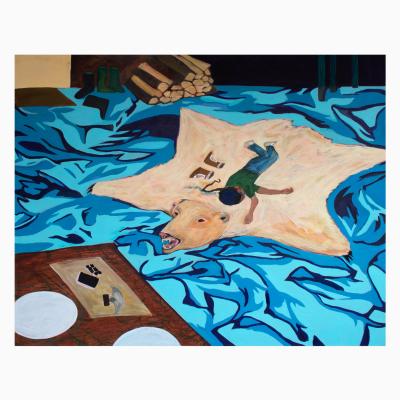
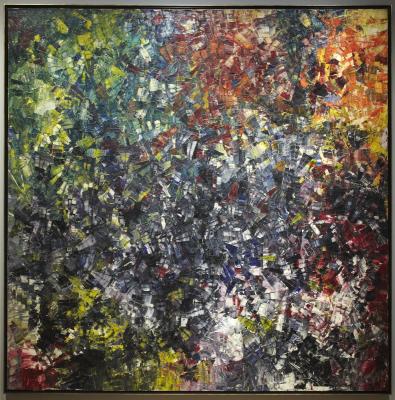
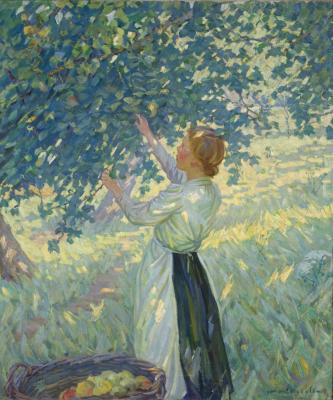
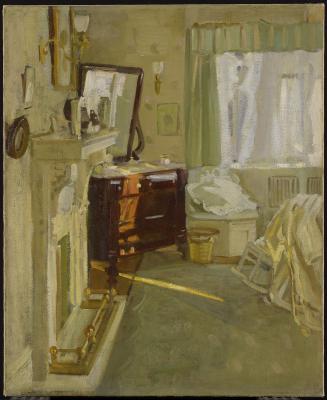


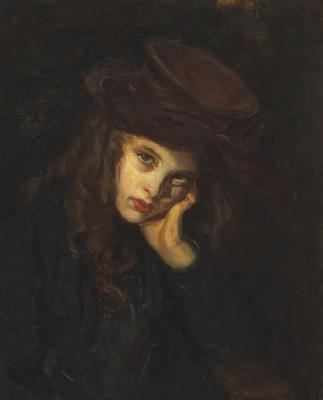
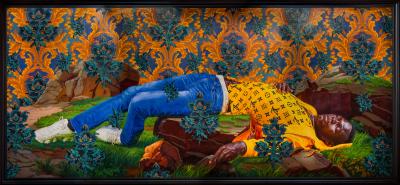

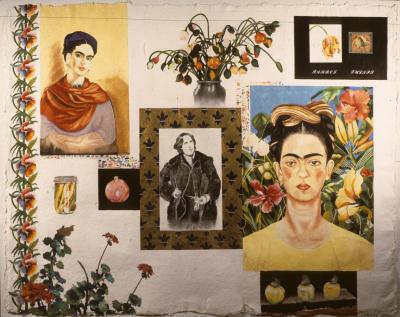
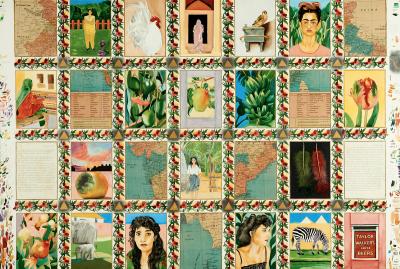

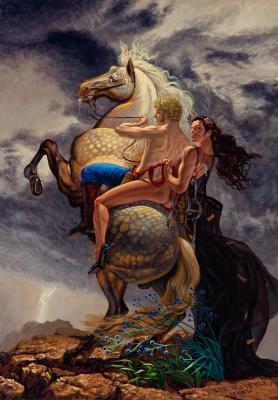
![Keith Haring in a Top Hat [Self-Portrait], (1989)](/sites/default/files/styles/image_small/public/2023-11/KHA-1626_representation_19435_original-Web%20and%20Standard%20PowerPoint.jpg?itok=MJgd2FZP)


